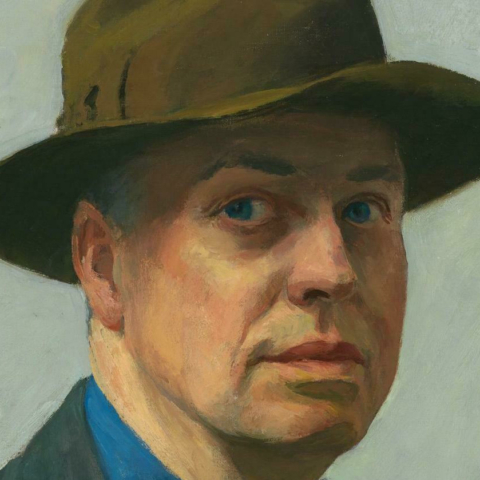Let’s Face It
By Jo Phillips
‘Another artist whom we have admired since our school days. We have always been especially drawn to dark, psychological works which question the human condition and Johan is no exception. Johan is an established, museum-level artist, so there was naturally a courting process for the first couple of years before Johan felt comfortable to exhibit with us. He is a sublime painter. The work clearly references some of our favourite Old Masters like Goya, Bacon, Velazquez etc; the work for the most part is a depiction of distorted faces, but the faces are more an ethereal symbol for the depiction of the human essence: the soul. Johan does not work from references; his painting process is a very fluid and almost unconscious journey that typically blurs the line between portraiture and abstract painting’ Unit Gallery
I started drawing faces when I was 5 years old and since then, I have never stopped. It is an inexhaustible source and I’m afraid I still have a long way to go.
When I was very young, the faces were very old. Today, the faces often move to a frontier close to abstraction. The research of hidden emotions is still there and is the main thread of my work. There are no portraits, no well-known people. I guess it is more about creating what I call “openings” to our own “identity”. And all those identities can reveal somehow a part of our own story but can also start to create a link to the Humanity we belong to. I am self-taught if you consider the Art studies I’ve never done, but what about seeing my father drawing and painting, isn’t that the best school? I must also consider the art roots of the family, as my grandfather and great grandfather were also drawing. I believe that the most important addition to the roots and the gift is to work and to work hard. This makes the difference. It brings us the farthest we can go if you work the best you can.
I am using ink. It is an oil-based ink used usually for etching. It is a thick ink (not as Chinese ink) that I can dilute. I actually started using that ink by accident the day I strongly wanted to paint and had no oil painting or acrylic at home, only these ink tubes. Since then, I am still experimenting with this medium which gives me so many opportunities.

The range of colours is limited but they are luminous and “strong” and, of course, by mixing them you can have all the colours you want. Either on board or on canvas, the diluted ink slides slowly on the surface while another part is entering it and a third one is evaporating. It gives a nice rhythm during the entire action of painting.
As the subjects of my work are mostly the same (faces), it is more a question of choosing the format of the canvas, the colours and the music before starting. The strange feeling I have when I start painting is that it’s already finished before I start. Painting is more an action than a creation for me. It’s like transforming the energy of a feeling into an image. And as I don’t know how it is going to happen it always is a new and exciting experience.
Diptych
All my work deals with movement and light through multiple faces. In this painting (diptych) appeared an additional composition of white dots that participate in a new reading grid. Maybe a rational approach of the colour and emotions behind it. It allows a left-side brain and a right-side brain (maybe the brain is a diptych?) interpretation of the painting. Or maybe those white dots are a kind of braille writing that helps the blind emotions to become visible?
Triptych
Here, the four elements are inside and outside. The colours are the clothes of their emotions. Appear and disappear in a continuous flow since the early beginning until an end that maybe doesn’t exist: A triptych can be translated in yesterday, today and tomorrow; or as a 3, triptych, trinity.





